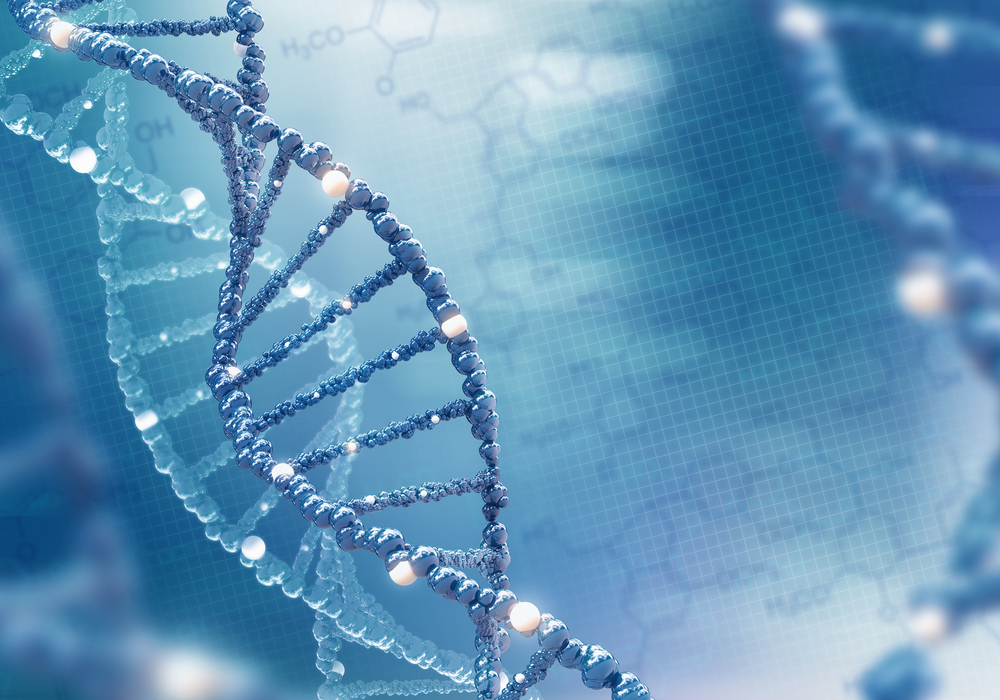Method Comparing RNA Differences Between Gene Copies May Help Find Cause of Disease, Study Suggests

A new technique that compares RNA production between an individual’s two gene copies may help find genetic alterations that lead to muscular dystrophy and other rare diseases, a study suggests.
The research, “Genetic regulatory variation in populations informs transcriptome analysis in rare disease,” appeared in the journal Science.
Disease-causing mutations often alter the function of a gene by decreasing the activity of the resulting protein. Alterations that lead to a shorter or incorrectly formed protein can be detected by current methods, but more subtle changes may be harder to identify.
The new technique aims to help detect some of these subtle alterations using transcriptome data, which means analyzing RNA produced from DNA in the process of protein generation. Detecting variations that impact this process has been challenging, because mutations that are not in the gene itself can also affect gene activity and cause disease.
Called ANEVA-DOT (analysis of expression variation-dosage outlier test), the method uses RNA data to find differences in activity levels between maternal and paternal gene copies (alleles). Comparing one allele to the other in the same person is a more sensitive way than comparing them between two individuals, as many other factors could impact RNA levels. Importantly, diverse rare genetic diseases result from mutations in a single allele.
“Even if you had an identical twin, the fact that the twin ate a burger this morning and you didn’t would create differences between you in the activity levels of many genes,” Pejman Mohammadi, PhD, the study’s lead author and a professor at Scripps Research, said in a press release.
To better detect abnormal RNA levels, the ANEVA-DOT approach uses public transcriptome information to calculate the normal variation between two alleles. Although this will not necessarily identify the genetic culprit right away, it can point to promising avenues for future investigation, according to Mohammadi.
“[C]ompared with other methods, it cuts down dramatically the number of genes you have to analyze,” he said.
The team demonstrated the utility of ANEVA-DOT in patients with muscular dystrophy-type genetic diseases. The technique successfully identified disease-causing genes in 32 previously diagnosed individuals and, as the scientists expected, major RNA differences between the alleles. A median of 11 genes with significant allele differences were detected per person, substantially less than with other tests.
In 33 undiagnosed cases, the method provided a short list of muscle-related genes that could be involved. A median of nine genes were identified per patient, including one neuromuscular disease gene in each of 12 cases.
In one patient, a gene identified by ANEVA-DOT was confirmed to be the cause of a limb-girdle muscular dystrophy-like clinical presentation.
“Adding this method to our toolkit should allow us to detect the causes of rare genetic diseases for some of the cases in which standard methods fail,” said Mohammadi.
“ANEVA-DOT can be incorporated in rare disease diagnostic pipelines to use RNA-sequencing data more effectively,” the researchers wrote.






